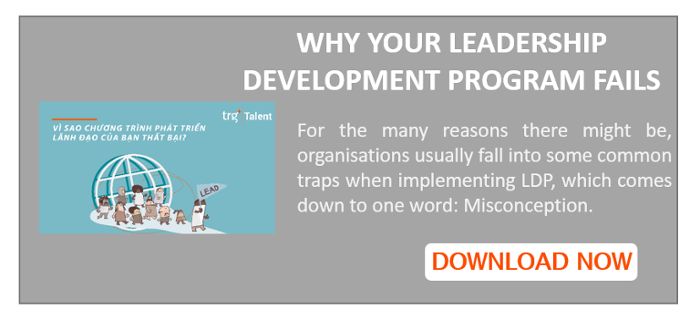Today, all business functions have to face the outrageous volume of data on a day-to-day basis. With the abundant amount of data comes the need to compile, dissect, and analyse them all. Thus, analytics was born. It encompasses how the data can be discovered, interpreted, and conveyed in a meaningful manner.
Applying analytics algorithms in HR (HR analytics or people analytics, talent analytics) can empower business leaders and hiring managers to make more informed decisions, and increase the return on their people investment as well as employee performance and retention.Read more: Turning data into smart data

The impact of people analytics in HR
It's not a sudden urge that forces organisations to adopt analytics. As mentioned above, the HR department is currently sitting on a mountain of data relating to not just the potential candidates but also the current employees, such as their performance, job history, compensation, training, etc.
As a result, the HR department has to seek better ways to mine and leverage the overflowing data. We are living in an age where accurate, timely information is king, and human instincts are no longer a viable option.
Read more: Confidently make hiring decisions with Job Fit Solution
The benefit of HR analytics
The ultimate benefit of people analytics is to increase the effectiveness of the talent acquisition function by:
- Helping the recruiters save time with automated processes which otherwise can be labour intensive
- Making quality hiring decisions as cognitive bias is now eliminated
- Aligning hiring objectives with business goals, predicting future growth.
The purpose of utilising analytics in HR is to not only compile the employees' data but also use the data to model and predict capabilities to optimise the organisation’s investment in its human capital.
Read more: How cognitive biases make interviews unreliable
The implementation process
While many organisations recognise the immense benefits that people analytics bring, very few actually have the capabilities to march on in this area. The question is, how do you implement HR analytics in your organisation? Well, you can start off with these steps:
- Step 1: Establish a culture that encourages fact-based decision-making. This involves being adventurous, tolerant towards mistakes, and able to deep dive into data instead of relying on mere opinion and gut feelings.
- Step 2: Assess your current pain points, and set realistic and specific goals prior to collecting the data. Various talent management solutions nowadays offer built-in analytics capability. As many service providers also offer free trials, this is a great chance to test out the suitability of the software with your own data.
- Step 3: Translate the results of your data collection and analysis, and proceed with the next step in your talent management strategy.
Read more: Which ingredient spices up the success recipe?
The hidden challenge of implementing people analytics
Though analytics is nice to have, it is best for organisations to take extra precautions and not fall into the so-called "technology traps".
Data warehousing, integration, or reporting are the elements you have to consider prior to implementing HR analytics. Furthermore, your organisation and the HR department would be eager to test out the system right away but research has already shown that the majority of companies end up just using the usual tracking dashboard due to: (a) the system is too complicated, and (b) people don't want to move away from their normal routine.
Read more: Fear of change - Why even bother with changing at all?
The future of HR analytics
Industry experts believe HR analytics is here to stay. HR professionals are moving away from traditional methods and are incorporating more advanced technologies to aid the day-to-day talent acquisition process.
People analytics stand at the centre of such a process. Data can now be used to profile the ideal employee of a specific position, and the knowledge is then applied to the screening function.
And not just the recruitment process, HR analytics can be utilised in blurring the skills gaps between the top and low performers, examining the employees’ behaviours and pinpointing those who have a high chance of quitting, and creating recruitment plans to support the company’s growth.
 English
English  Vietnamese
Vietnamese 

